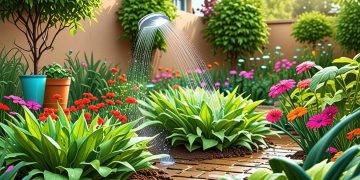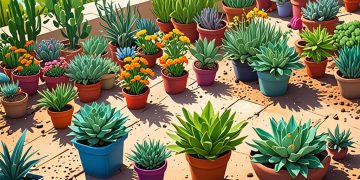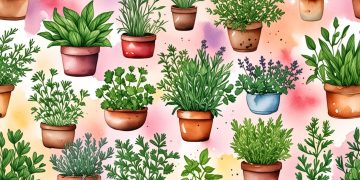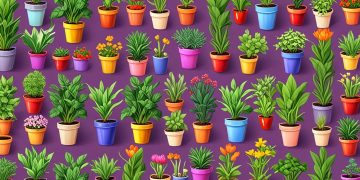Night watering offers numerous benefits for healthier plants, including reduced evaporation, optimal temperatures, and lower fungal risks. This eco-friendly practice enhances nutrient absorption, ensures even water distribution, and supports root development. By embracing nighttime watering techniques, gardeners can create thriving gardens while conserving water and fostering sustainable growth.









